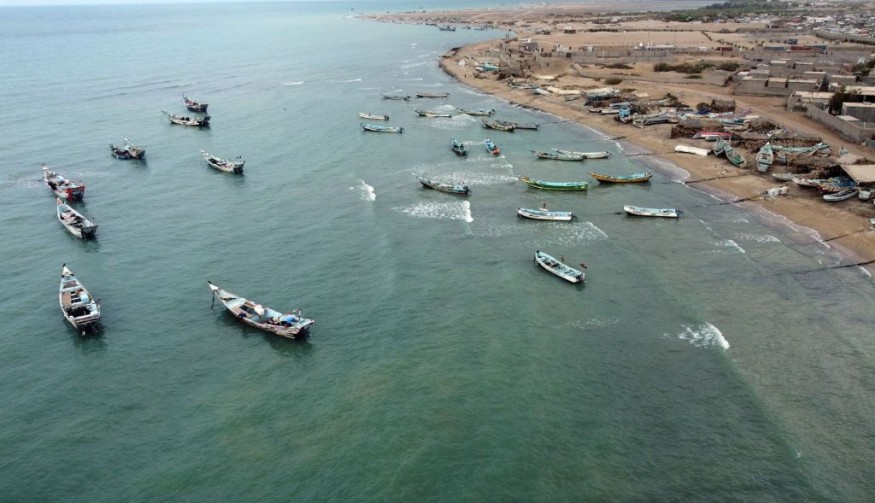
An environmental expert from the University of Miami Rosenstiel School of Marine and Atmospheric Science pinpointed remnants of historic undersea mudslides and related storm surge in the Gulf of Aqaba, a branch of the Red Sea; that must represent as a precaution to several Middle Eastern countries.
Disastrous Effect of the 500-Year-Old Landslide in The Red Sea
The Red Sea hides a tremendous geomorphologic pressure that might endanger populations along Egypt's and Saudi Arabia's coasts. Director of the Institute of Aquatic Seismology and researcher, Sam Purkis, attended four weeks onboard the OceanXplorer exploration ship in the vicinity, as per Science Alert.
Purkis saw a striking breach in the seafloor while climbing from 3,000 feet on a remotely operated expedition with a colleague. The discovery was surprising, but nothing unusual for the Red Sea, which was developed 30 million years ago by the split of the African and Arabian subduction zone.
Subsequent investigation found this was the result of an underwater collapse, which most probably caused 10-meter-high surges to strike the Egyptian peninsula some 500 years ago.
If the landmass slides another 100 meters, the tsunami that impact Sharm might reach 35 meters in height. If the ground slides another 50 meters in the coming years, the Egyptian tourist metropolis Sharm El Sheikh, that is positioned marginally to the south-west, would bear the brunt of the consequences, according to simulations. It's hardly surprising that written documents overlooked the underwater catastrophe that generated a seismic wave centuries ago.
According to researchers, a 20-meter-high storm surge, for example, might profoundly imperil Egypt's and Saudi Arabia's fast growing urban shoreline. This made the nation particularly vulnerable to seismic events, but the finding of a subsurface collapse shows that there are additional tsunami-triggering factors at work which experts previously neglecting.
While Purkis explained that only a slight vibration in the erroneous area and the entire barrier might break, resulting in a considerably greater inundation than transpired 500 years ago. Just several moments later, the Saudi shoreline on the opposite end of the sea would be hit, but with significantly lesser surges.
Egypt and Saudi Arabia Could Suffer Tsunami Surges
Apparently just dropping 30 meters (100 feet), the avalanche that happened thousands of years earlier enabled tremendous surges to pound the coast in moments.
Furthermore, the study expedition that found this undersea collapse was strongly endorsed by a corporation that is building the Saudi Arabian shoreline. Gradient collapses near the Red Sea shoreline might be particularly risky in gaps or even other tight channels, where a tsunami can swiftly reach impact with hardly notice.
While experts argues that those areas of Egypt and Saudi Arabia that are quickly modernizing have specific threats that have not heretofore been identified, but they must be in order to avert a potential tragedy. As striking element in all models is how the hydrographic of the Peninsula restricts and controls the storm surge. Little further north, in Mousa Bay, the surges might surpass 45 meters and hit the shoreline in less than 3 minutes.
The Red Sea is a coastal fault, which implies it is expanding outward as the earth's continental plates that surround it move progressively. The broad and diverse steam to the north enables the evanescent waves to advance unrestricted up the Gulf of Aqaba.
Not only was occurrence not denoted by a seismic event, but the coastal region where Sharm now settles was only an infrequent premise for sailors during the moment, which indicates handful individuals saw the storms. In just a moment the waves colliding on the seaside here might rise significantly as 21 meters.
The ability to forecast when these storm surges would hit might preserve existences and property; under the disastrous situation, scientists claim the surges might exceed 15 meters in height.
© 2025 NatureWorldNews.com All rights reserved. Do not reproduce without permission.





